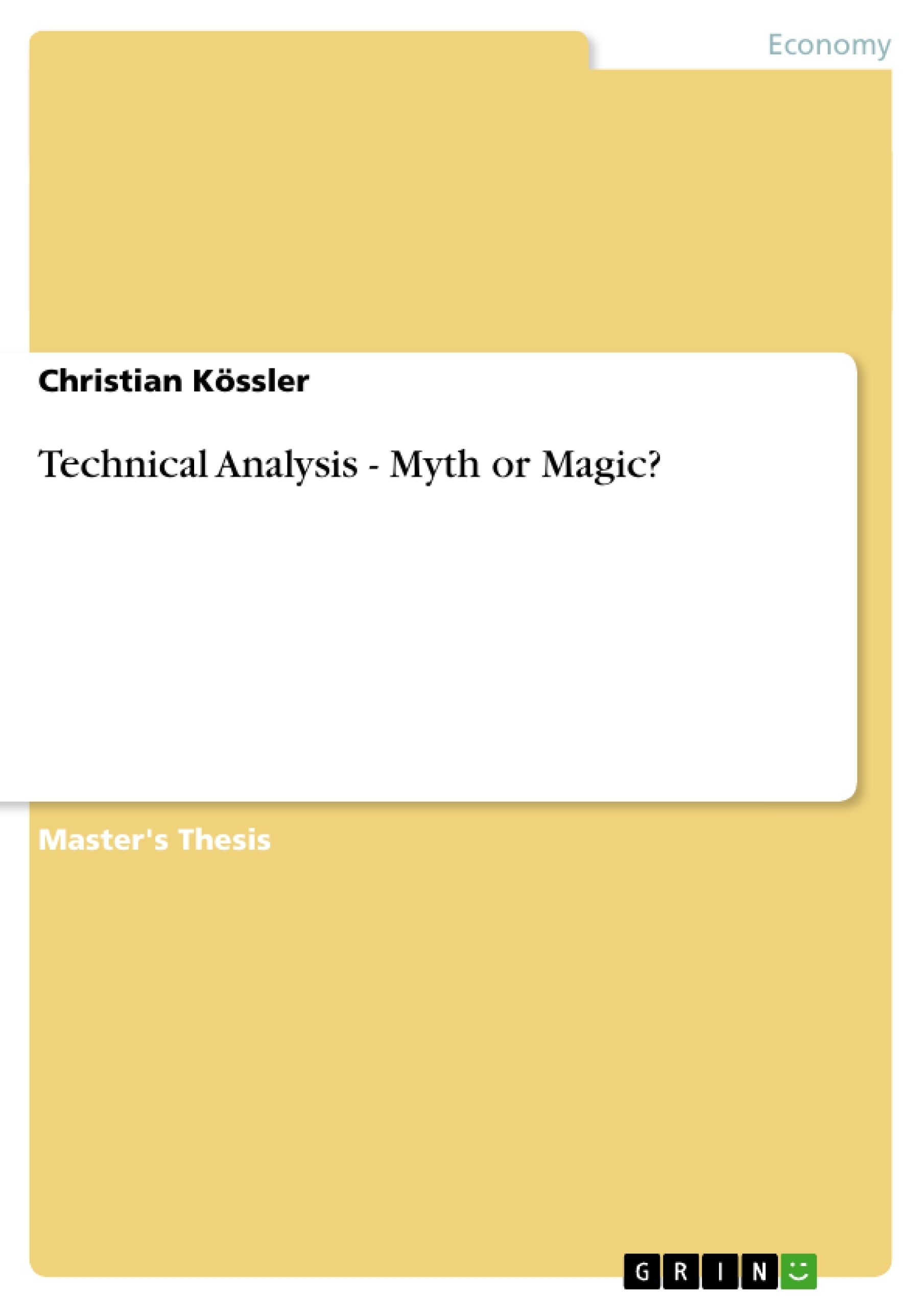

Similarly, we determine the moving averages by determining the average closing price for last ten days. To determine moving averages, we add the closing price of a stock for 10 days and divide it by ten (the number of days).

We all have read about averages in mathematics textbooks and this is just an extension of averages. Hence, you can incorporate moving averages on intraday, weekly, monthly, etc. Moving averages are always represented on the price chart. Moving averages can be built for any period of time, whether minutes (on an intraday chart), days, weeks, months, semesters and years. A moving average is represented by a line to be calculated as an average or mean value of a given set of prices or quotations and is movable as it changes or moves with the data to be added for each trading day. Moving averages are indicators that pave or soften a greater or lesser extent, the evolution of prices, so that eliminate certain fluctuations, whether short, medium or long term.

Noise is made up of fluctuations of both price and volume. Essentially, Moving Averages smooth out the “noise” when trying to interpret charts. A Moving Average is a good way to gauge momentum as well as to confirm trends, and define areas of support and resistance. Moving Averages are price based, lagging (or reactive) indicators that display the average price of a security over a set period of time.


 0 kommentar(er)
0 kommentar(er)
